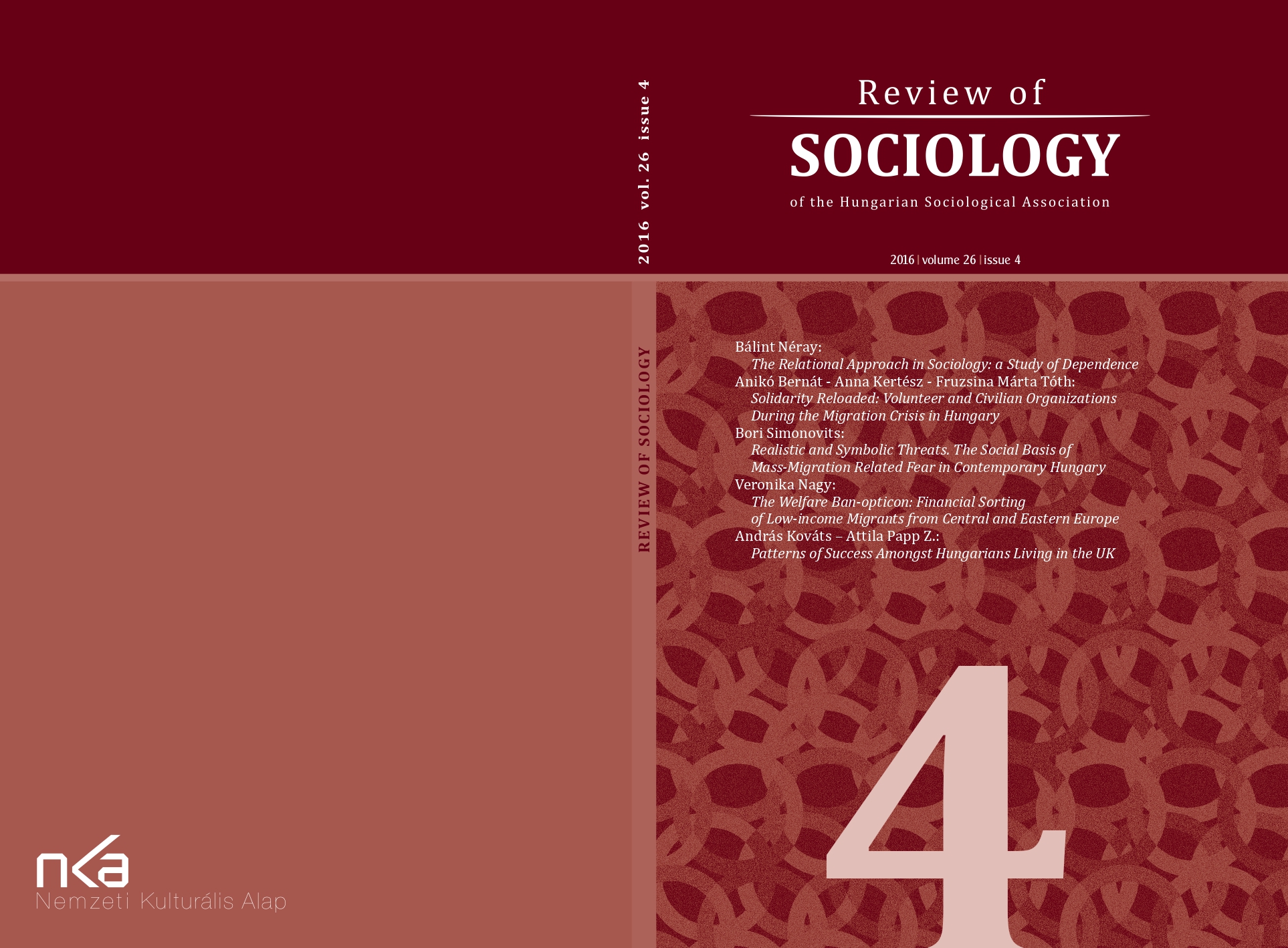The Welfare Ban-opticon: Financial Sorting of Low-income Migrants from Central and Eastern Europe
Absztrakt
After the last EU enlargement state borders have been partially replaced by internal border controls of state bureaucracies to regulate westward migration. Existing ideas of threat associated with nonEU migrants are accompanied by a ‘new menace’ referring to criminal ’insiders’ who might profit from the freedom of mobility within the EU. Accordingly, social security and immigration policies are increasingly intertwined within surveillance practices of member states, blurring the line between welfare and crime control measures. Therefore, new geopolitical measures and local risk management strategies are introduced for tracing and screening mobile groups. These monitoring practices are taking new forms in technocratic bureaucracies and are changing the means of interaction between newcomers and administrative bodies in host societies. In order to understand how these welfare service- based financial monitoring structures facilitate spatial population control, we need to understand how selective incentives are invented in order to make undesired groups voluntarily leave the executive territory of host societies. The long-standing prejudiced perception of newcomers as profiteers living on welfare, involved in illegal activities and unwilling to integrate has become a basis for Western concerns about a “threatening flood” of westward-bound benefit tourists. This has been used to justify new control measures in several Western member states. Based on empirical case studies, this study will analyse these asymmetries of surveillance within the virtual walls of Fortress Europe, and uncover coping of low-income migrants from Central and Eastern Europe in daily bureaucratic welfare procedures in London.





